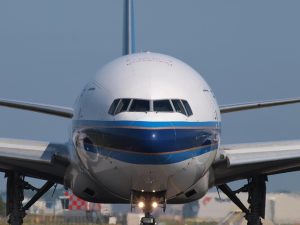
Are you familiar with the life cycle of airplanes? At any given time, there are around 15,000 airplanes in the sky. Some of them are small, such as the Cessna 172. Others are large, such as the Airbus A380. Airplanes, however, have a complex life cycle consisting of multiple stages. Below is a breakdown of this life cycle and what it encompasses.
Design
Before they can be manufactured, airplanes must be designed. The design stage is the first stage in an airplane’s life cycle. During the design stage, engineers will consider passenger capacity, range, fuel efficiency and other factors. It can take five to 10 years on average — sometimes even longer. Regardless, the life cycle of an airplane begins with the design stage.
Manufacturing
The next stage in an airplane’s life cycle is manufacturing. During the manufacturing stage, companies take the necessary parts and assemble them. While complex, it’s much faster than the design stage. Small airplanes may take less than two weeks to manufacture. Even large airplanes, though, can typically be manufactured in just a few months, which is pretty impressive considering that many large airplanes have over 1 million individual fasteners.
Testing
Following the manufacturing stage is testing. The testing stage is arguably one of the most important life cycle stages. It involves simulated and real-world tests to ensure the airplane meets the necessary standards. The wings, for instance, may undergo stress testing to ensure they can bend without breaking. The engines will be powered on to ensure they function properly. The flight controls will also be thoroughly tested. The testing stage allows companies to earn safety certifications for their airplanes so that they can carry passengers.
Service
Of all the different stages in an airplane’s life cycle, the service stage is typically the longest. It involves the airplane being operational, meaning it’s used by one or more pilots — typically to carry passengers and/or cargo. Most commercial airplanes are in service for 20 to 30 years. During this time, they are used for their intended purpose. Airplanes also receive regular maintenance during service to ensure they are safe and functional.
End of Life
Airplanes don’t last forever. They will eventually reach the end of their life, which is the last stage of their life cycle. So, what happens at the end of an airplane’s life? Some airplanes are dismantled for parts. Dismantling allows companies to recover parts and components from retired airplanes for use in other, still-in-service airplanes. Retired airplanes may also be scrapped for recycling. After removing all valuable parts and components, the remaining materials are recycled.



